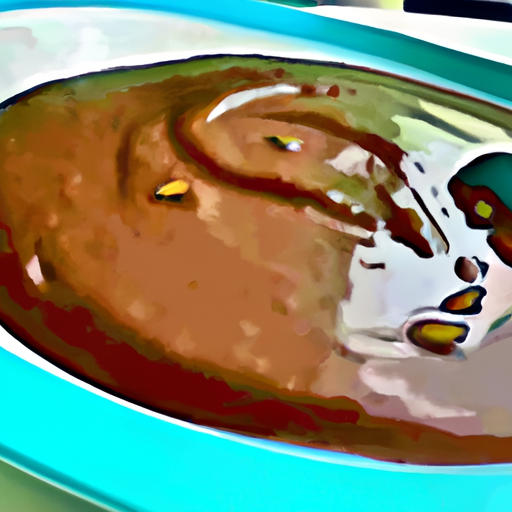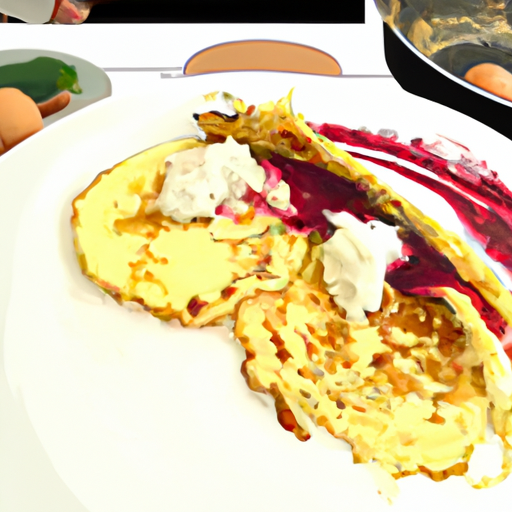
-
Table of Contents
Food Illustration: Making Dishes Irresistible

When it comes to food, presentation is key. The way a dish looks can greatly influence our perception of its taste and desirability. This is where food illustration comes into play. Food illustration is the art of creating visually appealing representations of food, whether it’s for menus, cookbooks, advertisements, or packaging. In this article, we will explore the power of food illustration and how it can make dishes irresistible.
The Impact of Visuals on Food Perception
Humans are visual creatures, and our perception of food is heavily influenced by what we see. Research has shown that the presentation of a dish can significantly affect our expectations and enjoyment of the meal. In fact, a study published in the Journal of Sensory Studies found that participants rated the taste of a dish higher when it was presented with more visually appealing elements.
Food illustration takes advantage of this phenomenon by creating visually stunning representations of dishes. By highlighting the most appetizing aspects of a meal, food illustrations can make even the simplest dish look irresistible. Whether it’s the vibrant colors of fresh produce or the mouthwatering textures of a perfectly cooked steak, food illustrations capture the essence of a dish and entice viewers to try it.
The Role of Food Illustration in Marketing
Food illustration plays a crucial role in marketing, particularly in the food and beverage industry. It helps businesses showcase their products in a visually appealing way, enticing customers to choose their offerings over competitors’.
One notable example of the power of food illustration in marketing is McDonald’s. The fast-food giant has mastered the art of making their burgers look irresistible through carefully crafted illustrations. These illustrations showcase the juicy patty, fresh toppings, and perfectly melted cheese, creating a visual representation that is far more appealing than a simple photograph. This attention to detail in their food illustrations has contributed to the success of their marketing campaigns and the overall perception of their products.
Creating Realistic Food Illustrations
Creating realistic food illustrations requires a combination of artistic skill and attention to detail. Food illustrators often work closely with chefs and food stylists to understand the intricacies of each dish and capture its essence on paper or digitally.
One technique commonly used in food illustration is the use of shading and highlights to create depth and texture. By carefully observing how light interacts with different surfaces, illustrators can recreate the glossy sheen of a chocolate cake or the crispiness of a fried chicken. This attention to detail helps make the illustrations more realistic and enticing.
Another important aspect of food illustration is color. Color can evoke certain emotions and appetites, and choosing the right color palette is crucial in creating a visually appealing illustration. For example, warm colors like red and orange are often used to depict spicy or indulgent foods, while cool colors like green and blue are associated with freshness and health.
Food Illustration in the Digital Age
In recent years, the rise of social media and online platforms has given food illustration a new dimension. Food bloggers, influencers, and restaurants now use food illustrations to capture the attention of their online audience and stand out in a sea of food photographs.
One example of this is the popular Instagram account @thedoodlechronicles, which features whimsical food illustrations. The account’s creator, Sarah, combines her love for food and art by creating playful illustrations of various dishes. Her illustrations have gained a large following and have been featured by numerous food publications, showcasing the power of food illustration in the digital age.
The Future of Food Illustration
As technology continues to advance, the future of food illustration looks promising. With the rise of virtual reality (VR) and augmented reality (AR), it is now possible to create immersive and interactive food illustrations. Imagine being able to virtually explore a restaurant’s menu and see realistic illustrations of each dish before making a reservation.
Additionally, advancements in 3D printing technology have opened up new possibilities for food illustration. It is now possible to create intricate and lifelike food models using 3D printers, allowing chefs and food illustrators to showcase their creations in a tangible way.
Key Takeaways
- Food illustration plays a crucial role in making dishes irresistible by taking advantage of the impact of visuals on food perception.
- Food illustration is a powerful marketing tool, helping businesses showcase their products in a visually appealing way.
- Creating realistic food illustrations requires artistic skill, attention to detail, and collaboration with chefs and food stylists.
- The rise of social media and online platforms has given food illustration a new dimension, allowing it to reach a wider audience.
- The future of food illustration holds exciting possibilities with advancements in technology such as VR, AR, and 3D printing.
In conclusion, food illustration has the power to make dishes irresistible by capturing their essence and presenting them in a visually appealing way. Whether it’s through traditional mediums or digital platforms, food illustration continues to play a crucial role in marketing and enhancing our perception of food. As technology advances, we can expect to see even more innovative and immersive food illustrations that will further enhance our dining experiences.
